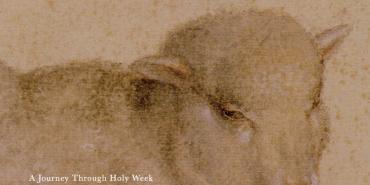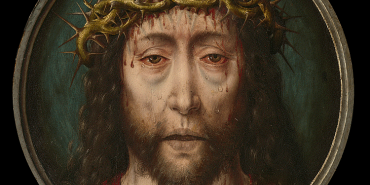Affirming Inspiration

As Nazarenes, we affirm the full inspiration of the Bible. We affirm that the Bible inerrantly reveals the will of God for us in all things necessary to our salvation.
The Church of the Nazarene, from its origin, has not made a claim about "how" the Bible came to us. The strength of our Manual statement (Article of Faith IV) on the Bible is what it does not say about the "how" of the Bible's history.
The Bible is an intricate, complex, and beautiful document. When we read it we are only seeing the final product of an even more complex history.
Let me use an analogy. Imagine visiting a museum or exhibit and viewing an intricate model of a classic car, locomotive, or sailboat. Every piece of the hobby version, let alone the professional model, has to be shaped, sanded, painted, placed, and glued in precisely the right places to contribute to the final model's beauty. Each element of the model has been painted and placed with care. The final beauty and grandeur of the finished product is the result of many detailed decisions and even some indecision.
The final form is all you see. Without access to the model's creator, you do not know what decisions were made regarding why a certain object was placed where it is. For example with a model train set, you would not know that the creator of the train track decided to put the bridge over the water by the mountain, only to move it down by the city later. You see, appreciate, and celebrate only the final form of the model. You have some discernment that the model came together over time, but typically you do not question the "how" of the model; you simply celebrate what is before you.
In an analogous way, Christians celebrate the final form of the Bible without carefully discerning "how" it came to be. This is not wrong, as long as we recognize there is a complex history to the Bible.
Each book of the Bible, like any piece in the model, has its own history. One day the creator of the model chose to paint a person, another day a car, and another day a mountain. Weeks later, the model creator changed where the pieces fit.
We do not have an original copy of every biblical book that was written without ever being changed. It is understood, through copies we have on parchment, papyrus, and vellum and in codices or scrolls, that biblical books took shape over time. The books of the Bible were written by someone in an original setting with an original author. From Genesis through the prophets to the Gospels and up to Revelation, each book has an original setting and author.
Readers know that people like the Apostle Paul wrote books attributed to them. And even books written by Paul were subject to some later revision, not because something was "wrong" but because the Bible, unlike an exhibit model, was written and recopied by multiple hands over multiple years. The original was retained, but the Bible still took on new variations of "shape and color" in the texts.
So we know something of "how" the Bible came to be because there are many great books written about it. These books can explain the details of the comparisons between and among copies of the texts that we have of the Bible in Aramaic, Hebrew, Greek, and Latin. Careful study reveals insight into "how" the Bible came to be. Still though, in some cases, the best resources cannot answer the "how" of every passage in every book of the Bible. Not even the most educated, most prolific, and best trained language and textual experts agree on everything regarding "how" the Bible came to be.
This brings us back to where we started. The Church of the Nazarene has a great perspective on the Bible because we affirm what we can know about the inspired function of the Bible. The Bible inerrantly reveals the will of God for us in all things necessary to our salvation.
In our analogy, the creator of the model may have moved items around and changed colors over time, but the final model on display at the museum reflects all the decisions of the creator in presenting the best work. The model exists because of "how" it was created, even if we cannot know or discern all the decisions made in the creation over time. It is the beauty of the final form of the model that captures our awe, even if we cannot know precisely "how" it came to be. We also celebrate and affirm not "how" the Bible came to be, but that in its final form the Bible is the inspired means by which we discern God's perfect purpose in salvation!
If you want to know "how" the Bible came to be, you will need to read multiple books on the history of the Bible, and not everyone will agree on every issue.
If you want to know what the Church of the Nazarene celebrates and affirms about what we do know about the Bible, look no further than the statement of the Manual found in Article IV of the Articles of Faith.
Marty Alan Michelson is professor of theology and ministry at Southern Nazarene University in Bethany, Oklahoma.
Church of the Nazarene Statement on Scripture:
ARTICLE OF FAITH IV
IV. The Holy Scriptures
4. We believe in the plenary inspiration of the Holy Scriptures, by which we understand the 66 books of the Old and New Testaments, given by divine inspiration, inerrantly revealing the will of God concerning us in all things necessary to our salvation, so that whatever is not contained therein is not to be enjoined as an article of faith.
(Luke 24:44-47| John 10:35| 1 Corinthians 15:3-4| 2 Timothy 3:15-17| 1 Peter 1:10-12| 2 Peter 1:20-21)
Holiness Today, May/June 2012
Please note: This article was originally published in 2012. All facts, figures, and titles were accurate to the best of our knowledge at that time but may have since changed.




